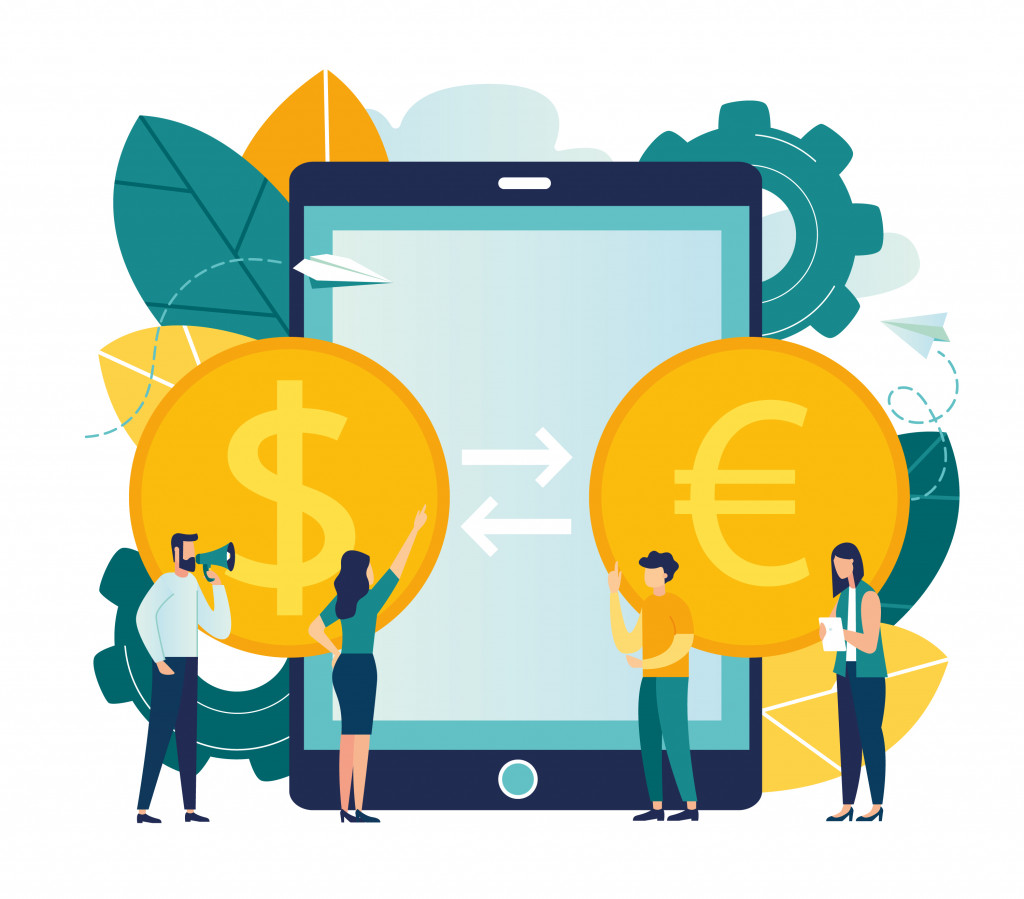The entire world doesn’t have a single currency because it is too diverse to be regulated by a single economic system. A single currency would only function if all the nations’ economic metrics are identical.
Wouldn’t it be so simple for us to shop online from US, UK, Indian, German, Australian or any other country’s websites without having to exchange our currency to theirs?
If everyone in the world used the same currency, education costs would be the same, so there would be less need to apply for scholarships. Why do the nations on our planet use different currencies?
One Globe, One Currency
When we say “one globe, one currency,” we mean that all nations on Earth should share the same economic and/or financial policies. However, different nations manage their finances and carry out their citizen-focused strategies in various ways. Some nations manage their finances too well, while other nations struggle in significant ways.
An Example To Understand The Concept Of A Global Currency
Imagine a family where each member has access to a single account, and anyone may use it however they choose to. The grandfather effectively manages all of his funds; he invests wisely in assets, doesn’t waste money, and has a proper flow of funds. In contrast, his grandson carelessly spends money on items that are not important, including game systems, expensive meals at upscale restaurants, and extravagant showpieces.
The grandson eventually abandons his obligation to repay his bills and recklessly shifts the burden onto others. Eventually, the grandfather, who personally committed no wrongdoing, is forced to pay for the large sums and incurs debt.
Now, this was a family example, but we may also use real-world examples.

Also Read: Can We Have A Single Global Currency?
Smithsonian Agreement (1971)
The founder of Matsushita Electric, Mr. Konosuke Matsushita, once authored an article for the magazine “Peace, Happiness, and Prosperity”.
He explains that in December of 1971, a gathering of ten nations took place in Washington to announce the creation of a new global monetary system known as the “Smithsonian Agreement”. The US Government had committed to redeem dollars for gold at a price of 38 US Dollars, which was increased by these nations.
This agreement actually only lasted for around 15 months.
Despite having little strength even on paper, this agreement absolutely failed in the real-world market. The value of the dollar dropped by over 10% in 1973, pushing up the price of gold to a point where it became unhealthy for the stability of the economy—42 dollars per ounce. (The Smithsonian Agreement)
By that time, the majority of nations had abandoned the use of fixed exchange rates worldwide.

Also Read: Who Makes Bills And Coins For An Economy, And How Do They Decide The Value Of Each?
Advantages Of Single Currency System
There are some hypothetical advantages that could occur due to a single currency system:
● There will be price clarity, eliminating the need to carry a calculator
● No need to convert expenses for payments in other nations
● Better money management
● Fair and Free Trade
Disadvantages Of Single Currency System
● Since some nations would be extremely wealthy, while others wouldn’t have as much, it would be tough for people to live there.
● It could be difficult to find a rate of interest or money rate that would be fair to all countries.
● Countries will lose financial autonomy
● It will eventually lead to an economic crisis
One World Currency: 2050
A website called 2050.earth, which basically makes predictions about Earth as a habitat in 2050, claims that “The world will run on one currency – and you will need an identification chip in order to use it.
Everyone will be assigned an identification chip at birth, and this will be our new form of identification and currency… Life will be easier, but we will lose our sense of privacy”.
To be honest, this sounds a little strange, but considering how quickly the world is growing, who knows what might be possible with artificial intelligence. Right now, we can only anticipate the future while carefully managing our finances.

Why Is There No Global Currency Right Now?
We have discovered that up to this point, it has been challenging to find a stable and set exchange rate that is acceptable to and available to all nations. All nations currently have a free-floating currency, i.e., different currencies for different countries, due to differences in stability in policies like the Smithsonian Agreement. Currently, it appears unrealistic to have a single currency for the entire planet. The globe is currently too diverse to be governed by a single economic system.
A single currency needs all the nations’ economic metrics to be identical if it is to have any chance of working. In conclusion, a single currency system doesn’t work well for many different nations, so for now, floating money works better. Such a unified vision might be accomplished one day with stronger financial and economical frameworks, but that day lies somewhere in the uncertain future!
How well do you understand the article above!

References (click to expand)
- The Smithsonian Agreement | Federal Reserve History. federalreservehistory.org
- Why Isn't There a Single World Currency?. The Public Broadcasting Service
- Nixon and the End of the Bretton Woods System, 1971–1973. The Office of the Historian
- One Currency for the World?. The Foundation for Economic Education
- Transcript of Economic Forum -- One World, One Currency. The International Monetary Fund
